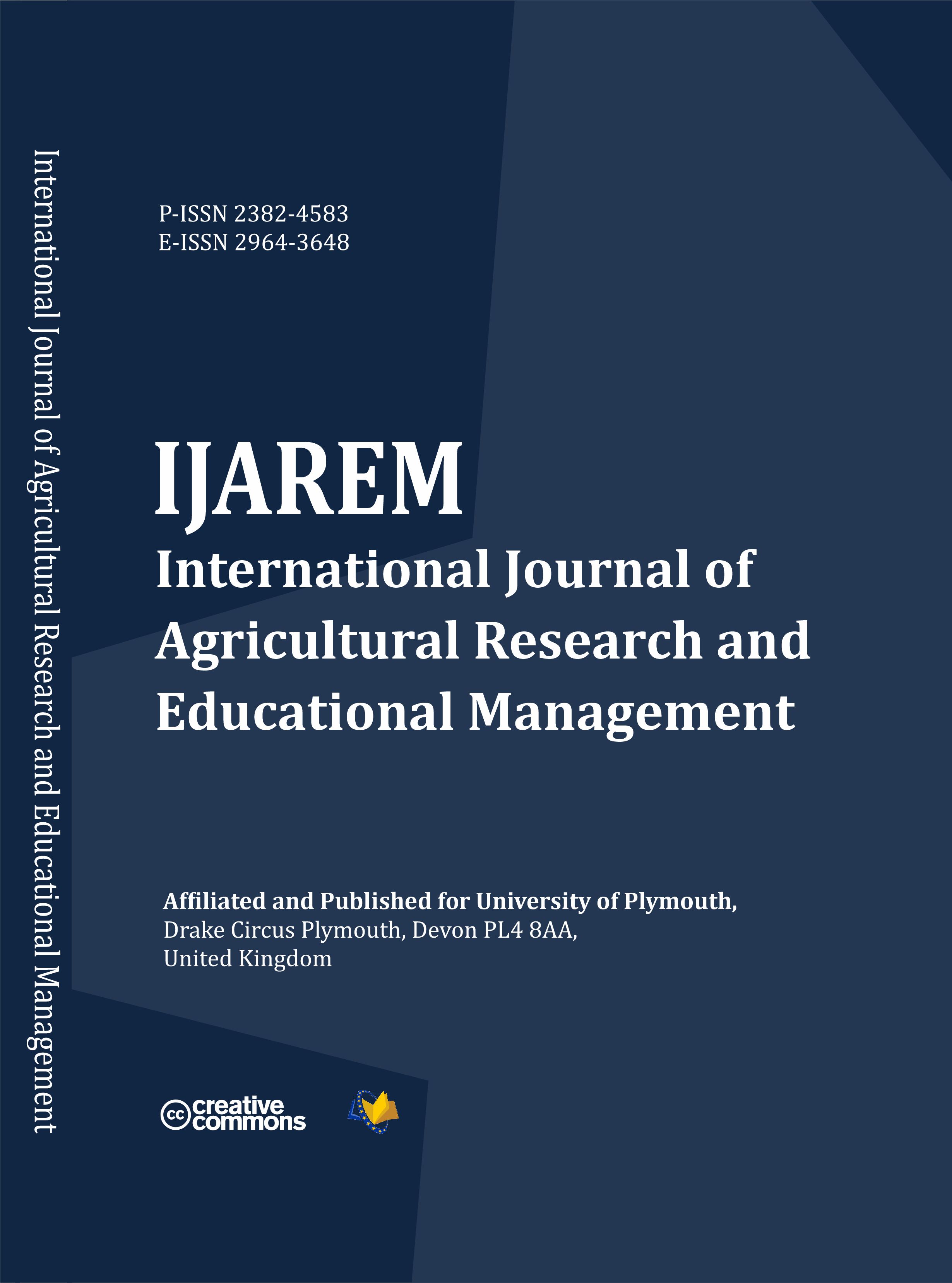International Journal of Agricultural Research and Educational Management (IJAREM)
Response of Nasutitermes Luzonicus and Macrotermes Gilvus (Isoptera: Termitidae) to Allamanda Cathartica (Apocynaceae) Leaf Extract Under Laboratory Conditions
E-ISSN: 2964-3648
P-ISSN: 2382-4583
DOI: https://iigdpublishers.com/article/779
Termites eat cellulose-based materials and become economically important pests due to substantial mutilation on anthropogenic structures. It is imperative, therefore, to look for economical, natural, and effective solution without environmental and human hazards of chemical termiticides. Allamanda cathartica possesses toxic iridoid lactones, such as allamandin, plumieride, plumericin, and isoplumiricin, which create a possible termite control. A. cathartica leaf decoction, crude leaf extract, 40% and 80% methanolic leaf extract (% v/v), distilled water (negative control) and Solignum® (standard check) were sprayed on one hundred soldiers and workers of Nasutitermes luzonicus and Macrotermes gilvus. The experiment was arranged in a Completely Randomized Design (CRD) with three replications for each treatment. Results showed that the experimental treatments exhibited termiticidal activity against N. luzonicus and M. gilvus. Across castes, significant differences (P < 0.05) on mean mortality of leaf extracts were observed. In terms of N. luzonicus, the maximum mean mortality was recorded by the 80% methanolic leaf extract which registered 96.67% ± 2.03% in soldiers and 100.00% in workers, with an overall mean mortality of 98.34%. In terms of M. gilvus, it is the 40% and 80% methanolic leaf extract which measured the maximum mean mortality in soldiers (60.00 ± 0.58% and 91.00 ± 7.09%) and workers (87.00 ± 2.08% and 85.33 ± 3.48%) and made an overall mean mortality of 88.17%. Generally, the greatest potency was delivered by the 80% methanolic leaf extracts which displayed comparable effects with standard check and can be used as a biotermiticide for pest control and management.
Frank Britz Del Valle Cadavis
Abdel-Kader, M. S., Wisse, J., Evans, R., van der Werff, H., & Kingston, D. G. I. (1997). Bioactive iridoids and a new lignan from Allamanda cathartica and Himatanthus fallax from the Suriname rainforest. Journal of Natural Products, 60(12), 1294–1297. https://doi.org/10.1021/np970253e
Acda, M. N. (2004). Economically important termites (Isoptera) of the Philippines and their control. Sociobiology, 43, 159–168.
Acda, M. N. (2007). Toxicity of thiamethoxam against Philippine subterranean termites. Journal of Insect Science, 7(1), 1–6. https://doi.org/10.1673/031.007.2601
Adityachaudhury, N., Bhattacharyya, A., Chowdhury, A., & Pal, S. (1985). Chemical constituents of plants exhibiting insecticidal, antifeeding, and insect growth regulating activities. Journal of Scientific Indian Research, 44, 85–101.
Ahirwar, K., & Jain, S. K. (2011). Aloe-emodin: A novel anticancer herbal drug. International Journal of Phytomedicine, 3(1), 27–31.
